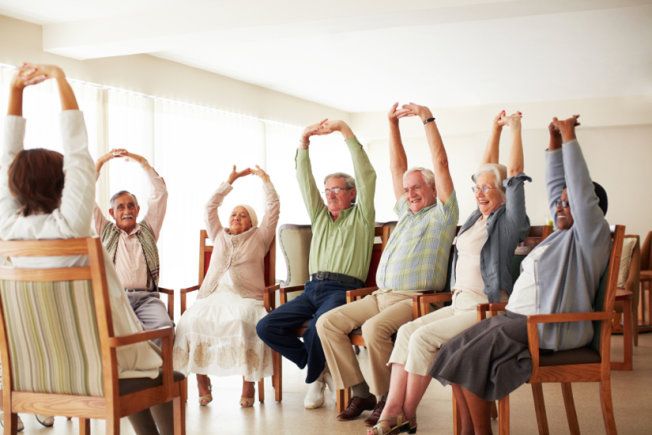HOW AND WHY TO EXERCISE WITH CHRONIC PAIN
So you’ve decided to focus on getting a little healthier and you start an exercise program. Your first workout goes great, and you’re really proud of yourself. That is, until the next morning when you’re so sore you can barely get out of bed. You ask yourself, “What happened? Did I do something wrong? Did I do too much?” Don’t let muscle soreness after a workout get you down!
Here’s what you need to know to prevent that soreness from derailing your workout program.
Muscle soreness is a side effect of the stress put on muscles when you exercise. It is commonly called Delayed Onset Muscle Soreness, or DOMS, and it is completely normal. DOMS usually begins within 6-8 hours after a new activity or a change in activity, and can last up to 24-48 hours after the exercise. The muscle pain is due to inflammation within the muscle, which is one of the main triggers for this muscle soreness.
Here’s what you need to know to prevent that soreness from derailing your workout program.Muscle soreness is a side effect of the stress put on muscles when you exercise. It is commonly called Delayed Onset Muscle Soreness, or DOMS, and it is completely normal. DOMS usually begins within 6-8 hours after a new activity or a change in activity, and can last up to 24-48 hours after the exercise. The muscle pain is due to inflammation within the muscle, which is one of the main triggers for this muscle soreness.
You are most likely to experience delayed muscle soreness after one of the following:
Starting an exercise or workout program for the very first time
Adding a new activity or exercise to your workout
Increasing the intensity of an exercise already in your program (increasing the amount of weight lifted, number of repetitions, or speed)
Performing the same activity over and over again without a sufficient rest break
All people are at risk for muscle soreness, even body builders and other professional athletes. The good news is that normal muscle soreness is a sign that you’re getting stronger, and is nothing to be alarmed about. During exercise, you stress your muscles and the fibers begin to break down. As the fibers repair themselves, they become larger and stronger than they were before. This means that your muscles will be better prepared to handle the stress the next time you work out.
The best way to relieve muscle soreness is to perform some gentle exercises, like walking or light stretching. It may seem counter intuitive, but the more you move, the faster the discomfort will go away! A heating pad or warm bath may also help to ease the discomfort temporarily, but ice is a better treatment in the long-run because it actually helps to decrease the swelling and inflammation in your muscles.
If you want to know what exercises are good for your health, click on the button and download the application Osteoarthritis.
This Application will provide some background on the disease and discuss management approaches that view the patient as a whole.
